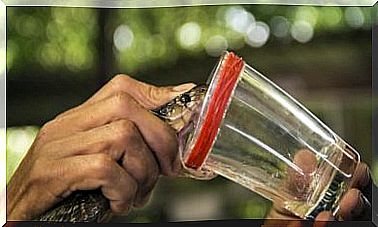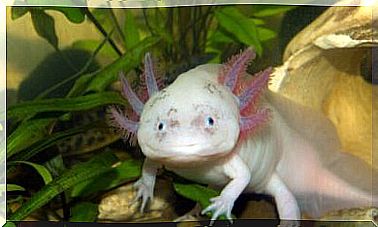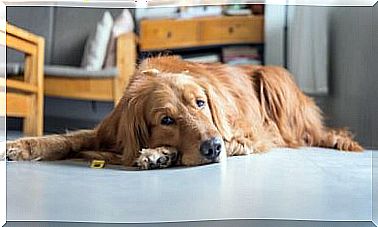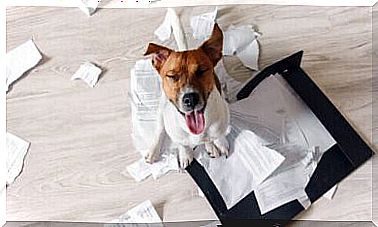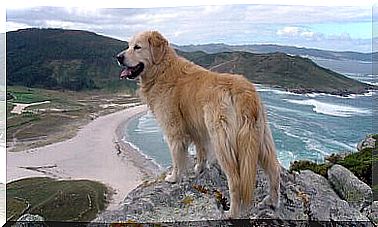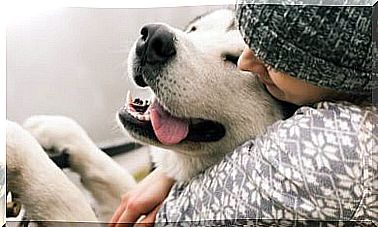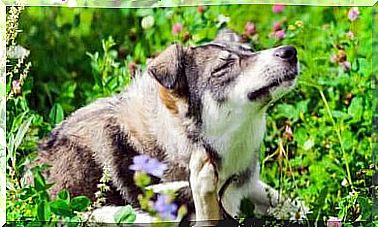How To Prevent Your Dog’s Aggression

The dog is considered Man’s best friend. And that’s why it’s the pet of choice for millions of adults and children around the world, but what to do if the first symptoms of aggression appear in your dog?
There are two classic forms of expression of aggressive behavior in dogs:
- Grunts and/or barks
- Bites
It is estimated that 60% of bite cases involve dogs that already exhibit aggressive behavior such as grunting or barking.
In certain cases, the dog’s aggressive expression increases little by little. And if not treated properly, it can become a risk for the animal and its owners.
Therefore, it is very important to pay attention to the first signs of aggression in your dog and know how to act to prevent and improve his social behavior.
What can cause canine aggression?
There are many possible causes of your dog’s aggressive behavior. However, one thing is certain: no dog is aggressive by nature. A pet reacts aggressively to external stimuli from its surroundings. Usually, he does it out of fear of the unknown.

Before acting on your dog’s aggressiveness, it is necessary to understand what may be causing or having caused such behavior. Next, we’ll invite you to learn about the 3 main causes of antisocial behavior in dogs:
1. Race and/or lineage
There are many myths about this subject. Believing that a certain race is doomed to be violent is just as wrong as believing that a race could never become violent. Each dog reacts in a different way to each situation in which it finds itself exposed.
However, it is true that some breeds and some strains are more prone to aggressive behavior. It is important to understand this information well before feeding prejudices.
2. Creation/Education
A simple example can help you easily understand this. Breeds such as Rottweiler and Doberman are considered dominant, with a strong tendency to aggressiveness. However, these dogs also occupy the top positions in the intelligence and obedience rankings.
This confirms the theory that there is no race or violent lineage, but a personality molded from the education received. About 90% of dogs that show an aggressive attitude were bred by a violent owner or were brought up to behave violently.
3. Defense of territory
A dose of aggressiveness is essential for survival in the wild. Dogs descend directly from wolves. For them, it’s critical to ensure the safety of their pack. And this is achieved when they guarantee the defense of the territory and the food available in their environment.
4. Vulnerability contexts
When dogs are subjected to situations of vulnerability (fear or pain), they can become aggressive. They simply assert the maxim “there is no better defense than a good offense” in the name of self-preservation.
How to prevent your dog from becoming aggressive?
The ideal is to prevent the development of aggressive behavior in any dog, regardless of breed. Therefore, it is important to pay attention to the following recommendations.
1. Choose a suitable dog breed
Many dogs can develop violent behavior due to excess accumulated energy or lack of leadership corresponding to their personality. Therefore, before purchasing a pet, it is important to find out which breed is the most suitable according to the owner’s lifestyle.
It is not recommended to place large and/or very agitated breeds in very small environments. And dominant breeds need special attention on issues such as training, adaptability and obedience.
2. Periodic veterinary appointments
As we saw earlier, dogs are capable of reacting motivated by pain caused by an illness. Therefore, it is important to periodically seek out the veterinarian and carry out check-ups to prevent any undesirable conditions for your dog’s health.
3. Oriented education
Dogs go through 2 fundamental moments of socialization and adaptability in the first phase of their lives (when they are puppies):
- Primary socialization: starts in the second month of the puppy’s life. The mother, by instinct, encourages her puppies to become leaders. It is important that weaning takes place at this stage.
- Secondary socialization: starts at the end of weaning. At this point, it’s critical that the owner assume the role of the pack’s supreme leader.
4. Impose limits to educate
Any dog needs a lot of love and patience to learn, but affection should not be confused with irresponsibility. Responsible rearing of a puppy must impose limits so that its territorial dominance is not a risk in the future.
It is important to reinforce good attitudes through positive reinforcement (a treat or a treat). And keep it clear in your head that violence generates more violence. Negative reinforcement should be the deprivation of a taste, not a threat to the animal’s well-being.
Other Aspects of Dog Education
Physical exercises and intelligence games
Many dogs become violent because of the stress caused by the accumulation of energy caused by excessive idleness. It is common in dogs that live in very small environments.
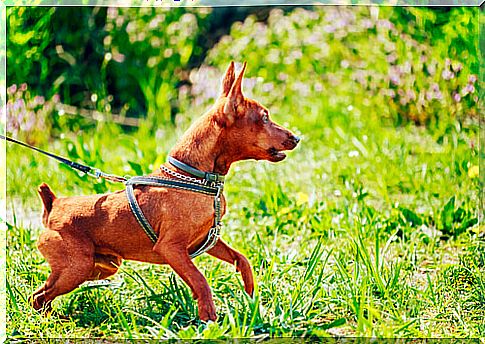
A practical solution is to take a walk in the morning and another at night with your dog. Each one is at least 15 minutes long.
In addition, it is important to enhance the dogs’ intelligence. A basic tip is to teach them to sit down, give us a paw, etc., in exchange for a prize.
Training/Professional Training
Large cities are the preferred methodology. Many owners don’t have enough time to train their pets. Therefore, it is important to seek professional help from dog handlers and walkers to channel their energy.
Do not use violence as punishment
Violent acts generate more violent acts. Therefore, learning must be based on positive reinforcement. Physical aggression or humiliation should never be used as punishment. It is possible to reverse the educational process and encourage positive reactions through awards and recognition.
